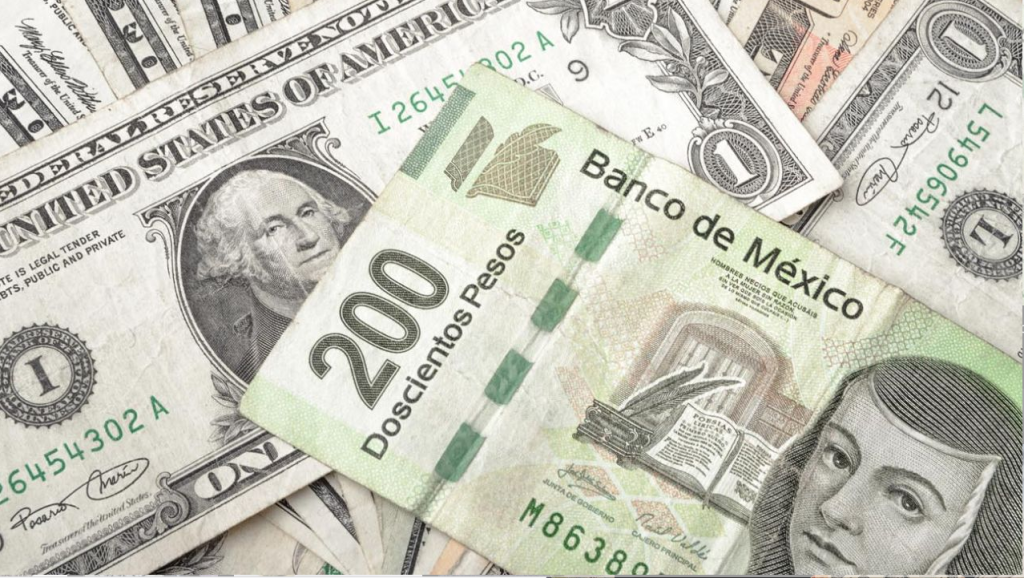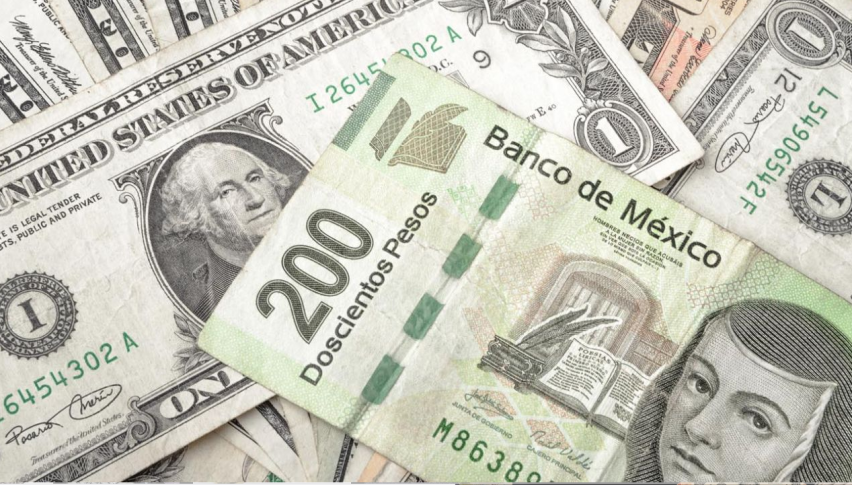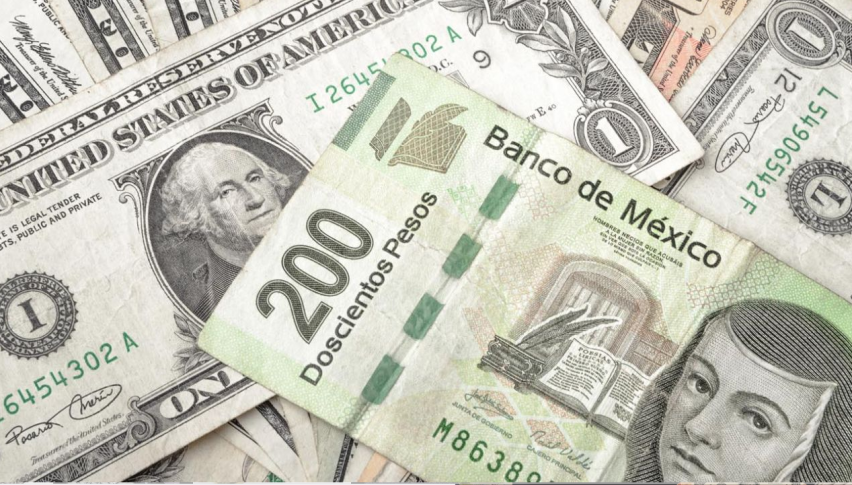Mexican Peso Slips as Dollar Strengthens; Closes at 18.85 per Dollar
On the local front, Mexico’s preliminary GDP data for the second quarter showed growth of 0.7%, beating expectations of 0.4%.

Quick overview
- The Mexican peso weakened against the dollar, closing at 18.8567 pesos per dollar, a decline of 0.56%.
- The dollar strengthened following stronger-than-expected U.S. GDP growth of 3% in the second quarter.
- The Federal Reserve's decision to maintain interest rates steady for the fifth time contributed to the peso's losses.
- Despite Mexico's GDP growth of 0.7%, the peso was unable to gain traction due to the stronger U.S. economic data.
The Mexican peso lost ground against the dollar on Wednesday, as markets digested the Federal Reserve’s decision to hold interest rates steady and reacted to stronger-than-expected U.S. economic data.

The exchange rate closed at 18.8567 pesos per dollar, according to official data from the Bank of Mexico (Banxico), marking a loss of 10.58 centavos or 0.56% compared to Tuesday’s close of 18.7509. The dollar traded in a range between 18.6990 and 18.8709 pesos during the session.
The dollar gained strength after U.S. GDP data showed the economy expanded 3% in the second quarter, beating analyst estimates. In addition, ADP employment figures showed continued strength in the labor market. These upbeat numbers, while signaling economic resilience, also dampened hopes of an imminent Fed rate cut.
The U.S. Dollar Index (DXY), which measures the greenback against a basket of six major currencies, rose 1.02% to 99.93 points.
Federal Reserve Decision
The peso’s losses were further fueled by the Fed’s decision to leave interest rates unchanged for the fifth consecutive time, maintaining the federal funds target range at 4.25%–4.50%. The vote was not unanimous, with two officials favoring a 25-basis-point cut, reflecting growing division within the committee.
The Fed’s cautious stance amid global uncertainty and persistent inflation pressures continues to limit room for carry trades, potentially putting more upward pressure on the exchange rate. Resistance levels remain near the 50-day moving average at 18.91 and at 19 pesos per dollar.
On the local front, Mexico’s preliminary GDP data for the second quarter showed growth of 0.7%, beating expectations of 0.4%. However, this was not enough to support the peso, as the impact was overshadowed by the strength of the U.S. economy and the rising dollar.
- Check out our free forex signals
- Follow the top economic events on FX Leaders economic calendar
- Trade better, discover more Forex Trading Strategies
- Open a FREE Trading Account


